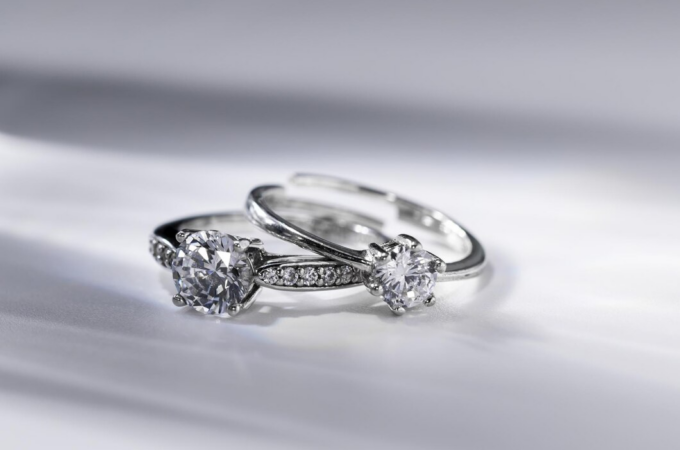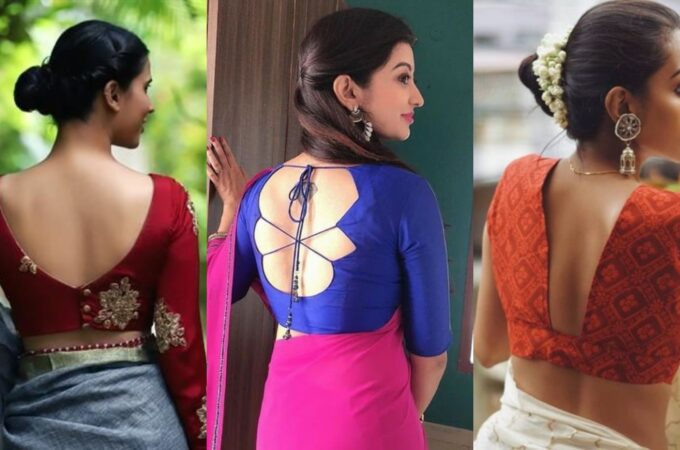
What Counts as Loungewear?
It has been roughly a year since most American men and women have experienced the world as “normal.” One of the first aspects of regular life to disappear was a “normal” wardrobe, made of casual and professional clothing appropriate for excursions into public spaces. In fact, so many people became accustomed to wearing comfortable clothing every day that many retailers have long labored to meet the massive demand for loungewear.
As the world lurches back to “normal” with vaccination efforts, many devoted pajama-wearers are struggling to accept the return to expectations regarding less-than-cozy clothing. It is possible that some loungewear will become a staple of some people’s everyday wardrobe — but what counts as loungewear, and how is it different from sleepwear or undergarments?
A Quick History of Loungewear

Loungewear came to the Western world only after Europeans had more regular contact with the East, where it was common for people to wear loose, comfortable clothing at home to give bodies a break from more constrictive clothing appropriate for the public. In the 1700s, Western fashion first adopted the banyan, or dressing gown, which was an unstructured jacket worn over sleep clothes within one’s home or private chambers.
As the dressing gown became more ubiquitous in the 19th century, upper-class men altered the banyan into the smoking jacket, which was slightly more structured than the dressing gown. Unlike other clothing for private use, the smoking jacket was appropriate for men to wear around other men in casual gatherings. Often, the smoking jacket was made of luxury fabrics, like velvet or silk.
Though sleepwear developed in the 20th century — again inspired by Asian clothing practices — it is the smoking jacket that truly forms the foundation for modern loungewear. Loungewear is clothing designed for comfort and style around the home, but its cost, high quality and its flattering cuts, loungewear is increasingly seen in public spaces. So, what divides loungewear from more private clothing, and how does one wear loungewear successfully outside the house?
Undergarments and Sleepwear vs. Loungewear
The first and most important lesson about loungewear is that it does not consist in any way of undergarments. Bras and underwear primarily function as hygienic clothing pieces that keep other pieces of clothing more sanitary. Though many people might enjoy lounging around their home in undergarments, true loungewear should have a layer underneath, which improves the discretion of the outfit and ensures that it remains cleaner for longer.
The differences between loungewear and sleepwear are a bit more subtle. In the simplest terms, sleepwear is clothing created for facilitating sleep. Often, this means that sleepwear is free from decorative features that can negatively impact comfort, like buttons, drawstrings, zippers or appliques, and sleepwear is typically made of materials that are soft, breathable and moisture-wicking. Though sleepwear can be flattering and fun, and though sleepwear can follow fashion trends, sleepwear has only one real application: sleeping in.
Loungewear can look like sleepwear — it can even look like some undergarments — but its construction and materials tend to be a bit more sophisticated, which makes it more appropriate to wear in the presence of others. For instance, instead of just one layer of fabric, which might be semi-sheer or reveal unflattering body lumps and bumps, a loungewear piece probably has two or more layers, which help to smooth and obscure the body’s shape. It is also important to note that loungewear is rarely tight or constricting, unlike most athleisure pieces. Clothing that most people would prefer to wear at home but wouldn’t mind running errands in is most often loungewear.
Examples of Loungewear

Because the lines between loungewear, sleepwear and athleticwear can be blurry — especially when it comes to loungewear for men — here are a few examples of loungewear and how to wear them in public:
Joggers. Though the name implies clothing meant for physical activity, most joggers are made from cozy material to lounge in. Joggers can be dressed up slightly with a clean T-shirt, sharp sneakers and an unstructured jacket.
Hoodies. A hooded sweatshirt is quintessential loungewear because it is much too casual for most business or social environments. Oversized hoodies are incredibly on trend and are best paired with bike shorts (for women) or well-fitting jeans (for men).
Matching sweat set. A sweatshirt and sweatpants that coordinate in style and color are too warm to sleep in, which qualifies them as loungewear. This full outfit is ideal for casual hangouts with friends or a day full of errands.
As fashion becomes more accessible to the masses, the lines between different types of clothing are becoming increasingly blurred. A healthy loungewear wardrobe will be incredibly important in the coming years, so stocking up on stylish pieces now is a good idea.




